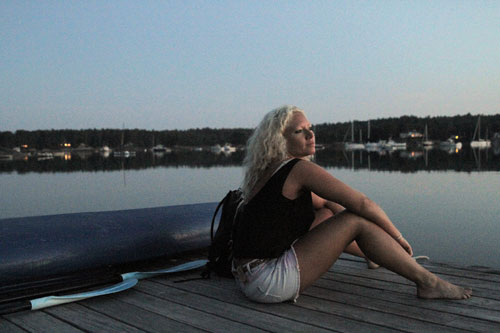Katharine Cooper, born 1978 in Grahamstown, in South Africa's Eastern Cape, moved at a young age to Zimbabwe, where she completed her schooling. In 1998, she moved to the United Kingdom to pursue her studies in photography, before finally landing at the Arles national school of photography, from which she graduated with honours in 2004, notably for her film "Family Archive". Katharine worked as in-house printer to photographer Lucien Clergue, in his Arles-based atelier, from 2004 up until his death in 2014. Her work has been exhibited in various collective shows, and bought by art-collectors from around the world. Katharine Cooper regularly teaches workshops in the Arles region, whose Camargue landscapes and strong winds remind her of her homeland. In 2012 Katharine Cooper received the Academy of the Arts' Photography Prize for her series "White Africans", which showed in Paris October/November 2013.
